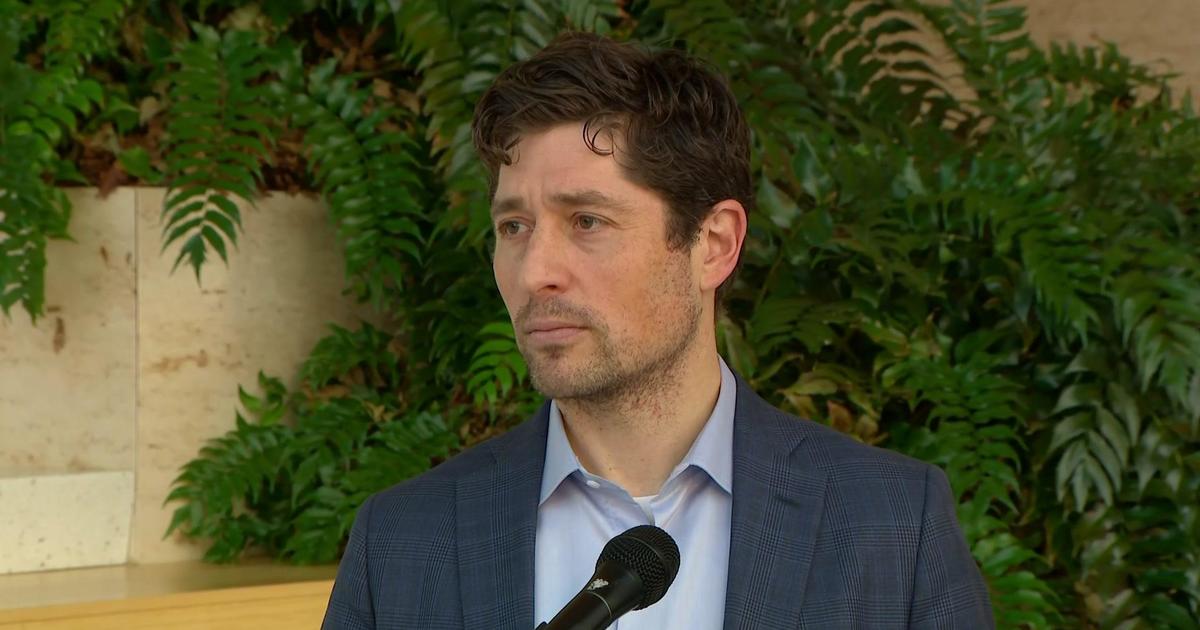State of Emergency: Reducing the impact flooding has on infrastructure
MINNEAPOLIS — We've seen natural disasters across the country change communities from wildfires in Hawaii to hurricanes along the Gulf Coast. Minnesota has its own threats like blizzards and tornados, but we've learned our greatest is flooding.
You may remember the costliest flood year in state history: the spring of 1997 along the Red and Minnesota rivers. FEMA estimates $300 million in public infrastructure damage impacting 58 of the state's 87 counties. Nearly 25,000 families were affected.
As part of WCCO's State of Emergency series, Senior Investigative Reporter Jennifer Mayerle explores what's being done to reduce the risk.
STATE OF EMERGENCY: Are Minnesota agencies better prepared for civil unrest?
Stories of the historic 1965 spring flood in Henderson are still being told today.
"A lot of the homes were flooded. Actually, the home I live in was flooded over the first floor and it's a two story," Tom Phillips said.
Phillips was a teenager at the time living nearby. He's now Henderson's Emergency Management Director.
"Some of them had enough nerve to jump on the ice chunks and guide them around the houses so they wouldn't smash the houses," Phillips said.
The city, along with the Army Corps of Engineers, built a temporary levee a few years later in 1969.
"It kept all the houses that flooded in '65 dry," Phillips said.
Phillips explains Henderson is at risk for flooding because it's in a valley. The Minnesota and Rush rivers flow nearby. A flood control project in the 1990s made improvements, but risk remains.
"We had a lot of rain for a long time, and we had a lot of slope failures. And it came fast and furious. We actually called the National Guard to monitor our levee for us for about a week or so," Phillips said.
The town was built up before floodplain management started in the state.
"Since 1969/1970, we put laws in place to build smarter and not build in the highest risk areas. We're doing more mapping, figuring out what part of the flood plain will be really deep," Ceil Strauss said.
Strauss is a floodplain hydrologist with the Department of Natural Resources.
"We oversee their ordinances they adopt. We're helping the communities to enforce these things, give them guidance on better ways they can regulate. The biggest part of my job is keeping them out of danger in the first place," Strauss said.
"When I ask are we ready, it sounds like yes, and it's a work in progress," Mayerle said.
"Exactly. It definitely is a work in progress. We're better off than 50 years ago. We're better off than many of the other states but there is still work to do," Strauss said.
The state Homeland Security and Emergency Management office also helps communities prepare.
STATE OF EMERGENCY: How Minnesota hospitals, state officials prepare for cyber attacks
Starting each February, when the spring flood outlook is released, says Director Kristi Rollwagen.
"We'll have conversations with them about what their resource capacity looks like," Rollwagen said.
The office only actively steps in when a community has exceeded what they can handle during or after a flood.
"We also start that coordination conversation with them so that we are ready, and we coordinate amongst our state agencies. We're ready to step in when the hand off happens," Rollwagen said.
And the office helps with state and federal funding for disaster declarations for counties and tribal nations.
"What have we learned from past floods that are informing us for the future?" Mayerle asked.
"How important mitigation is. Long-term planning and mitigation work. We go in and look at how can we help that community prevent that from happening again and if it does happen, that the loss isn't as detrimental to that community or that homeowner or that business owner in the future," Rollwagen said.
Nearly 60 years after Henderson's massive flood, multi-million dollar mitigation efforts there are still underway. Phillips says they're ready for the next one.
"I know my resources. I know where to ask for them from. Lessons learned," Phillips said.
Experts say it's important to know your flood risk to prepare. Click here to see FEMA's map center where you can type in your address. They suggest getting flood insurance in flood-prone areas.




